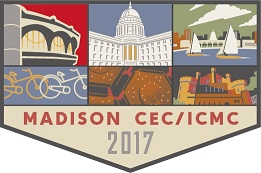Speaker
Description
Superconducting electric machines have shown potential for dramatic increases in power density for applications such as offshore wind generation, marine propulsion, and turbo-electric distributed aircraft propulsion. Superconductors exhibit zero loss when in dc conditions, though ac current produces considerable loss due to hysteresis, eddy currents, and coupling. For this reason, many present machines are designed to be partially superconducting, meaning that the dc field components are superconducting while the ac armature coils are normal copper conductors. Fully superconducting designs can also provide increases in power density due to a significantly higher peak armature current; however, ac loss analysis is then required to determine the feasibility of the machine’s intended operating conditions.
This research aims to characterize the expected losses in a fully superconducting machine targeted towards aircraft, whose design is based on an actively-shielded, partially superconducting machine from prior work. Various factors are examined such as magnet strength, operating frequency, temperature, and machine load to produce a model for the loss in the superconducting components of the machine. This model is then used to optimize the design of the machine for minimal ac loss while maximizing power density.
